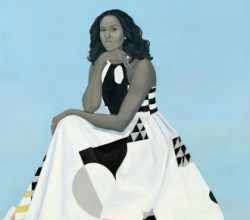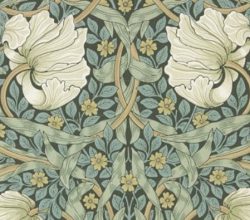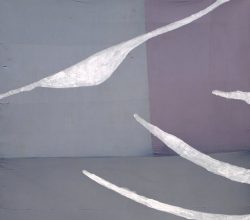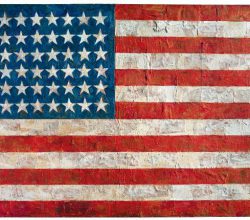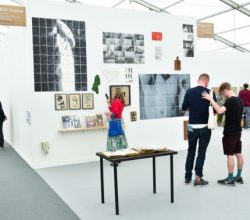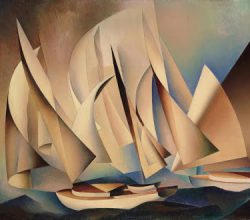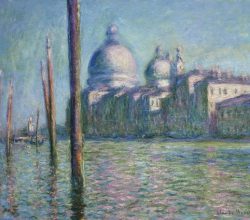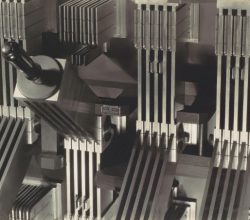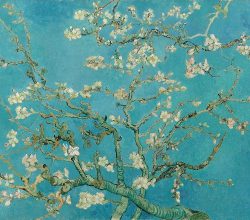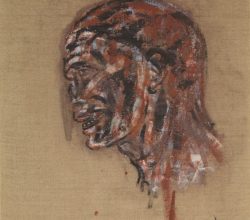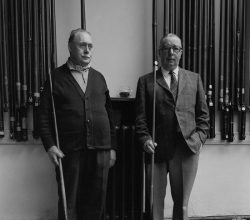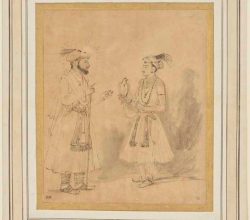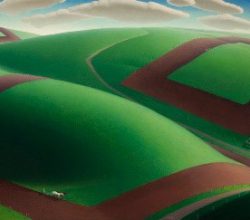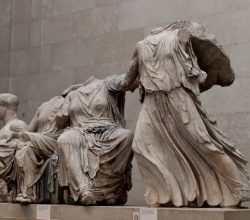
Astonishing, ravishing, sublime’ – Rodin and the Art of Ancient Greece review
Jonathon Jones | The Guardian | 24th April 2018
“Astonishing” is the writer’s summation of a show that contrasts the Parthenon marbles with works by Rodin. Rodin repeatedly came to London to study these ancient sculptures – as well he might. “[Rodin’s] The Kiss – one of the most sensual and captivating masterpieces of modern times … And those old Greek goddesses blow it away … the greatest works of art on earth”

